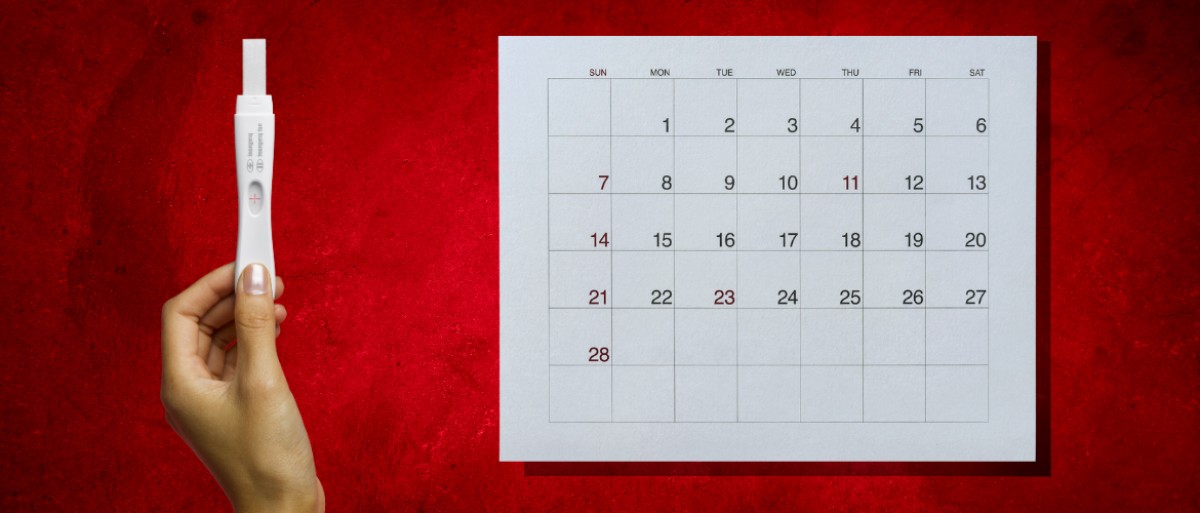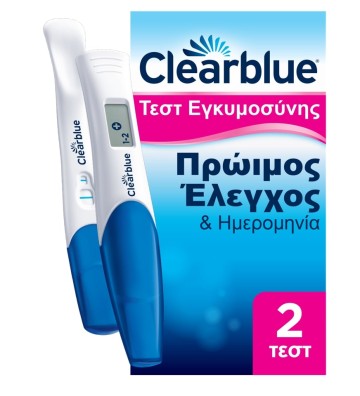A woman's fertile days are those days of the month when the woman has the greatest chance of getting pregnant. There are several ways for a woman to calculate her fertile days, but she should always keep in mind that these calculations are not 100% accurate.
Calculation of fertile days
A woman's fertile days can be calculated based on the length of her menstrual cycle. Let's see how this can be done:
Step 1: Recording the duration of the cycle
The first day of a woman's cycle is considered the first day of her period. The last day of her cycle is the day before her next period. The average woman's cycle lasts about 28 days, but this can vary from woman to woman.
Step 2: Estimation of the day of ovulation
Ovulation usually occurs about 14 days before your next period. If a woman's cycle is relatively regular, she can easily calculate her fertile days by subtracting 14 days from the length of her cycle.
Step 3: Determine your fertile days
A woman's fertile days begin about five days before ovulation and continue until one day after ovulation. This creates a "fertility window" of about six days.
Meaning of fertile days
Fertile days are important for women who wish to become pregnant. By knowing their fertile days, they can increase their chances of conceiving. Even if the chances of conception are small during non-fertile days, it should not be overlooked that sexual intercourse during non-fertile days is not a contraceptive.
Approaching fertile days
After calculating the fertile days, it is important for the couple to approach these days relaxed and without pressure. A man's sperm can survive for 2-3 days after intercourse, so there is no need to push for intercourse exactly on the day of ovulation.
Additional methods of calculating fertile days
There are also some additional methods that can help women calculate their fertile days. Some of these include:
- Measuring core body temperature: A few days before ovulation, the woman's body temperature rises slightly. Therefore, taking a woman's temperature daily can help pinpoint ovulation.
- Use of kit for the calculation of luteinizing hormone (LH): These kits can help the woman determine the time of ovulation based on the increase in the LH hormone.
- Ultrasound examination: A woman can also visit her gynecologist for an ultrasound scan, which can help determine the dimensions of the follicles and estimate the time of ovulation.
Conclusion
Fertile days are an important element in understanding a woman's fertility. The correct calculation of fertile days can increase the chances of pregnancy and help the couple to better plan their sexual contacts.
Liability Disclaimer
The content of this website does not constitute and cannot be construed as medical advice, diagnosis, treatment or suggestion.
All information is provided to readers by healthcare professionals for informational purposes only. This content is not intended to be a substitute for personalized medical advice, diagnosis, prognosis or treatment.


















